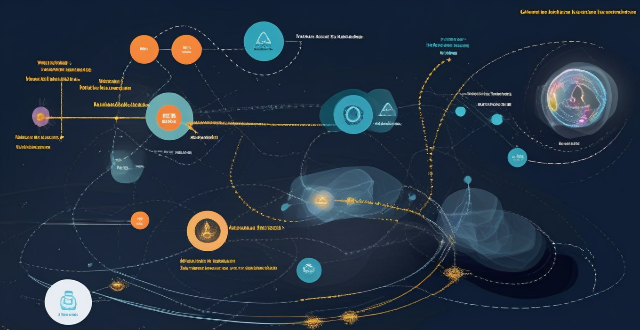Over the past decade, climate data analysis has seen significant advancements in various aspects, including improved data collection through advanced satellite technology and ground-based measurements, advanced modeling techniques such as complex climate models and data assimilation, enhanced computational power with supercomputers and cloud computing, big data analytics involving machine learning and AI, open data initiatives promoting public availability of data and collaborative platforms, and an interdisciplinary approach integrating multiple fields and engaging the public. These developments have revolutionized our understanding of the Earth's climate system and paved the way for more accurate and comprehensive climate research and policy-oriented decision support tools.

Evolution of Climate Data Analysis Over the Past Decade
Climate data analysis has undergone significant advancements over the past decade, revolutionizing our understanding of the Earth's climate system. Let's delve into some key aspects of this evolution:
1. Improved Data Collection
a) Satellite Technology
- Higher resolution images
- More frequent observations
- Advanced sensors for various parameters
b) Ground-based Measurements
- Increased number of monitoring stations
- Automated weather stations
- Enhanced accuracy and reliability
2. Advanced Modeling Techniques
a) Complex Climate Models
- Incorporation of more variables and feedback mechanisms
- Higher spatial and temporal resolutions
- Improved representation of physical processes
b) Data Assimilation
- Combining model output with observations to improve accuracy
- Real-time monitoring and forecasting systems
3. Enhanced Computational Power
a) Supercomputers
- Faster processing speeds
- Increased storage capacity
- Ability to run multiple models simultaneously
b) Cloud Computing
- Access to vast computational resources on demand
- Collaborative research environments
- Scalability for large-scale projects
4. Big Data Analytics
a) Machine Learning and AI
- Pattern recognition in large datasets
- Predictive analytics and anomaly detection
- Automating complex tasks and analyses
b) Data Visualization Tools
- Interactive maps and graphics
- Real-time data streaming
- User-friendly interfaces for non-experts
5. Open Data Initiatives
a) Public Availability of Data
- Governmental and institutional repositories
- APIs for easy access and integration
- Transparency and reproducibility in research
b) Collaborative Platforms
- Online forums for discussion and collaboration
- Open-source software development
- Crowdsourcing projects for data collection and analysis
6. Interdisciplinary Approach
a) Integrating Multiple Fields
- Ecology, sociology, economics, etc.
- Holistic understanding of climate impacts
- Policy-oriented research and decision support tools
b) Public Engagement
- Educational programs and outreach activities
- Engaging communities in climate action initiatives
- Raising awareness about climate change issues through media channels